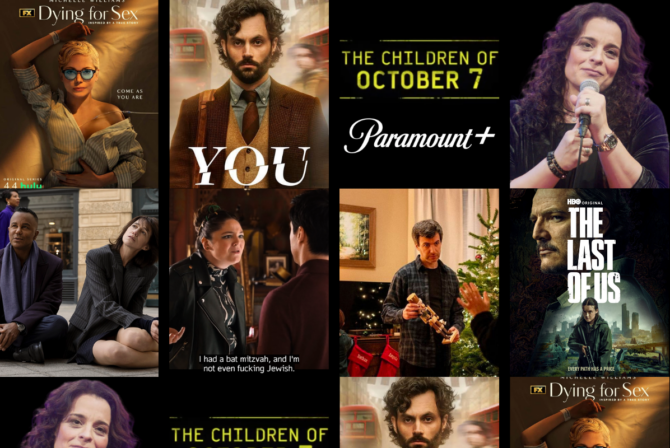Everyone loves emojis–whether you’re a teen expressing rage over your excessive math homework or a new mom texting in the spare moment she’s peeing by herself, they are loved by all. Except, should they really be? A lot of emojis play off of stereotypes, limiting many of us who don’t fit the mold into arbitrary categories. This is precisely why Always’ “Like a Girl” campaign is awesome, because it points that the images of women as emojis are terribly basic.
Let’s think about all the female emojis out there for a second. There’s not much variety beyond the princess, bride, pair of twins, and red-dressed dancer. That’s just lame. This is why I’m so glad there’s a new advertising campaign pointing this out. Leo Burnett interviewed various women and girls and asked how they they feel about the available emojis today. Documentary filmmaker Lucy Walker of Pulse Films stated:
“Society has a tendency to send subtle messages that can limit girls to stereotypes. As someone who has studied sociolinguistics, I know the kind of impact even seemingly innocuous language choices can have on girls.
It was so interesting to hear these girls talk about emojis and realize how the options available to them are subtly reinforcing the societal stereotypes and limitations they face every day. I’ve been a fan of the #LikeAGirl campaign from the beginning, and I’m excited to join Always in empowering girls to be confident and stay confident by helping rally for change in societal limitations, like those illustrated in emojis.”
While it may seem silly to focus on something like the diversity of emojis–it really isn’t. They are used by everyone–regardless of age, sex, gender, and location–and the lack of diversity only perpetuates the idea that “certain kinds” of people are valued more than others.
Michele Baeten, associate brand director and lead Always “Like a Girl” leader at Procter & Gamble, explained why this campaign is so important:
“We know that girls, especially during puberty, try to fit in and are therefore easily influenced by society. In fact, we found that 7 out of 10 girls even felt that society limits them, by projecting what they should or should not do, or be. The girls in emojis only wear pink, are princesses or dancing bunnies, do their nails and their hair, and that’s about it. No other activities, no sports, no jobs…the realization is shocking.”
So, what kind of emojis do girls watch? Find out by watching the video below:
https://youtu.be/L3BjUvjOUMc
Read More:
Bracing Myself Against My Son’s Severe Mental Illness
These Are the 5 Different Kinds of Moms…Which One Are You?
11 Things You Might Not Know About ‘Fiddler on the Roof’







